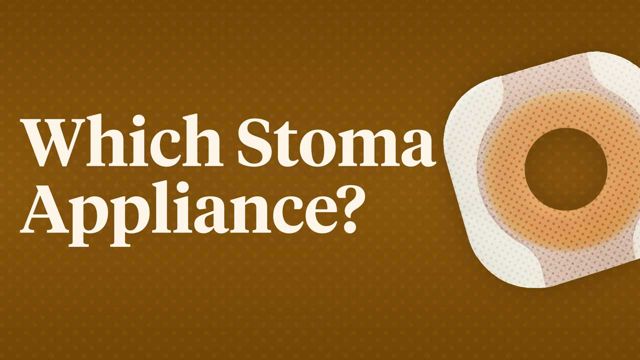Peripheral Intravenous Cannulation


Peripheral intravenous cannulas (PIVCs) are one of the most frequently required devices for patients in the acute setting. These devices also have a high complication rate and require thoughtful care and maintenance.
This Ausmed Course provides learners with a practical guide to best practices for the process of peripheral intravenous cannulation, taking an in-depth look at how to safely execute each step of this process through both lectures and hands-on demonstrations.
Content
What you'll learn:
Understand common clinical indications and relevant considerations for safely inserting a peripheral intravenous cannula.
Describe the steps required to prepare for a peripheral intravenous cannulation procedure.
Understand best practices for safely conducting a peripheral intravenous cannulation procedure.
Apply knowledge in practise during a peripheral intravenous cannulation procedure.
Describe key responsibilities during the immediate post-procedure period.
Recognise and assess common complications and troubleshooting strategies relating to cannulation.
Who it's for:
Why it's needed:
Around 70% of hospitalised patients require at least one peripheral intravenous cannula (PIVC) during their hospitalisation, making it one of the most commonly performed procedures in clinical settings. With an estimated 11 million patients admitted to hospitals in Australia during 2016-17, approximately 7.7 million Australians undergo this procedure each year.
In addition to this high prevalence, up to 69% of PIVCs are associated with complications, leading to up to 90% of PIVCs being removed before therapy is finished.
It is the challenge of the clinician to ensure best-practice techniques are consistently adhered to across the lifespan of a PIVC device in order to reduce complications, ensure patency of the PIVC, and achieve positive patient outcomes.
Purpose:
Topics
Assign mandatory training and keep all your records in-one-place.
Find out more
Recommended resources










 New
New